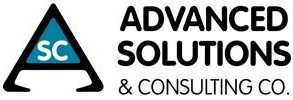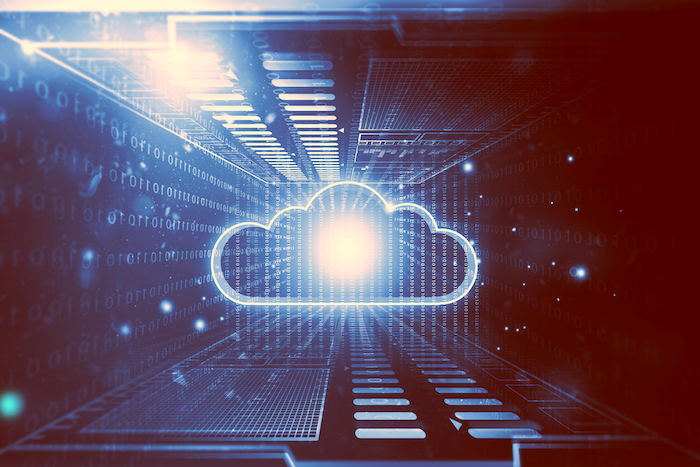Microsoft Dynamics SL fulfills its role as a mid-market enterprise resource planning (ERP) solution, but it does so a little too well. While Dynamics SL software does have some sought-after tools and features, its limitations become too big to ignore as your business evolves.
You may have already begun to notice the glaring holes in this decades-old ERP solution, and if that’s the case, making the switch to a best-of-breed platform, like Acumatica ERP software, is undoubtedly a clear move for your business.
With that being said, if you are unsure whether Dynamics SL is struggling to meet your needs, here are some undeniable signs that it’s time to make the switch:
You Are Ready to Scale
In all fairness, both Acumatica ERP software and Microsoft Dynamics SL enable you to scale your resources as your organization’s needs evolve; however, the manners in which these platforms support your growth are quite different.
Like other ERP software solutions in the Microsoft ecosystem, Dynamics SL charges you on a per-user model, which becomes a problem when you want to add numerous employees to your authorized user list but only need to incrementally increase the number of computing resources that you consume. The bottom line is that scaling on Dynamics SL is an expensive endeavor.
Conversely, Acumatica ERP software charges you based on the computing power you consume. You can enroll an unlimited number of users and only pay for the resources you need.
Your Recurring Software Licensing Fees Are Excessive
Getting the most out of Dynamics SL requires purchasing several complimentary Microsoft products, such as Project Server and SharePoint. As you have probably experienced firsthand, managing all of these recurring subscriptions and licenses can be a hassle, and an expensive one, at that.
Acumatica ERP software gives you the freedom to implement and integrate whichever set of solutions you need to support your business growth. The platform features built-in, low/no-code integration tools you can use to effortlessly form connections between Acumatica and your other tech.
You Want Better Support
Although Microsoft continues to provide support and product improvements for Dynamics SL, the company actively encourages its users to move to Dynamics 365 Business Central. As the company has been shifting its focus away from SL, support accessibility has suffered, as all support and improvement development processes have been outsourced. Therefore, if you encounter an issue with Dynamics SL, you must address your concerns with a third-party entity, not Microsoft.
Your Business Needs a True Cloud Solution
Dynamics SL requires a Microsoft SharePoint license to run in the cloud. Not only will you have to purchase the additional license, but you will also have to install SharePoint software on your device before you can access SL. Such a lack of flexibility is particularly detrimental to organizations that have adopted hybrid or remote work models.
On the other hand, Acumatica ERP software is a true cloud solution, meaning you can access all of its functionality through the internet via a standard web browser. You won’t need to install any additional software, nor will you have to obtain any supplemental licensing.
Your ROI Is Lackluster
Dynamics SL has a relatively limited feature set, especially when compared to more modern solutions such as Acumatica ERP software. For instance, Acumatica includes warehouse management, industry-specific editions, field service management, document management, and payroll tools.
Furthermore, Dynamics SL’s limited feature set can drastically reduce your ROI and cause you to incur excessive software licensing costs. Your ROI will further be diminished due to SL’s per-user billing model, whereas, with its broader range of features, Acumatica reduces your need to adopt auxiliary software solutions.
Ready to Move on from Dynamics SL? We Can Help
If any of the above signs sound all too familiar, then it is time to sunset your Dynamics SL integration and upgrade to modern cloud ERP software. While you could transition to Microsoft’s Business Central platform, you will still contend with excessive licensing fees and the antiquated per-user billing model. Further complicating the process is the fact that there is no direct migration path, which means moving to Business Central will require an incredibly costly, full-scale migration.
Also, check out how customers are benefiting from switching from Dynamics SL to Acumatica.
The good news is you can overcome the limitations of Dynamics SL, decrease your ERP costs, and future-proof your business by moving to Acumatica ERP software. To ensure the process is seamless, you can partner with Advanced Solutions and Consulting, a certified Acumatica partner. And as a leading Microsoft Partner, we offer unique experience in Dynamics SL to Acumatica migrations. To learn more, contact our team and let us schedule a demo.
Additional Resources
How To Choose An ERP Platform That Facilitates Long-term Growth
Streamlining Business Processes With An Integrated ERP Solution
Choosing The Right ERP Software For Your Business: A Comprehensive Guide

